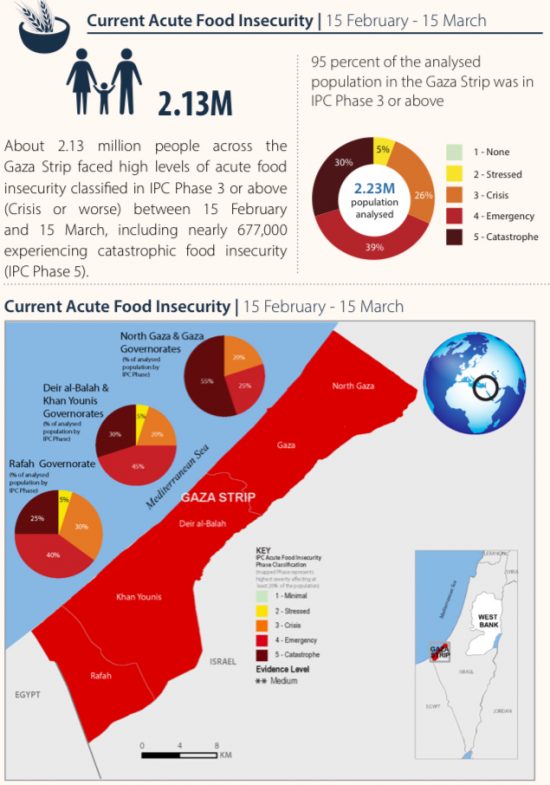Humans pass more viruses to other animals than we catch from them
UNIVERSITY COLLEGE LONDON
Humans pass on more viruses to domestic and wild animals than we catch from them, according to a major new analysis of viral genomes by UCL researchers.
For the new paper published in Nature Ecology & Evolution, the team analysed all publicly available viral genome sequences, to reconstruct where viruses have jumped from one host to infect another vertebrate species.
Most emerging and re-emerging infectious diseases are caused by viruses circulating in animals. When these viruses cross over from animals into humans, a process known as zoonosis, they can cause disease outbreaks, epidemics and pandemics such as Ebola, flu or Covid-19. Given the enormous impact of zoonotic diseases on public health, humans have generally been considered as a sink for viruses rather than a source, with human-to-animal transmission of viruses receiving far less attention.
For the study, the research team developed and applied methodological tools to analyse the nearly 12 million viral genomes that have been deposited on public databases to date. Leveraging this data, they reconstructed the evolutionary histories and past host jumps of viruses across 32 viral families, and looked for which parts of the viral genomes acquired mutations during host jumps.
The scientists found that roughly twice as many host jumps were inferred to be from humans to other animals (known as anthroponosis) rather than the other way round. This pattern was consistent throughout most viral families considered. Additionally, they found even more animal-to-animal host jumps, that did not involve humans.
The team’s work highlights the high and largely underappreciated fact that human viruses frequently spread from humans into wild and domestic animals.
Co-author Professor Francois Balloux (UCL Genetics Institute) said: “We should consider humans just as one node in a vast network of hosts endlessly exchanging pathogens, rather than a sink for zoonotic bugs.
“By surveying and monitoring transmission of viruses between animals and humans, in either direction, we can better understand viral evolution and hopefully be more prepared for future outbreaks and epidemics of novel illnesses, while also aiding conservation efforts.”
The findings also show that, on average, viral host jumps are associated with an increase in genetic changes, or mutations in viruses, relative to their continued evolution alongside just one host animal, reflecting how viruses must adapt to better exploit their new hosts.
Further, viruses that already infect many different animals show weaker signals of this adaptive process, suggesting that viruses with broader host ranges may possess traits that make them inherently more capable of infecting a diverse range of hosts, whereas other viruses may require more extensive adaptations to infect a new host species.
Lead author, PhD student Cedric Tan (UCL Genetics Institute and Francis Crick Institute) said: “When animals catch viruses from humans, this can not only harm the animal and potentially pose a conservation threat to the species, but it may also cause new problems for humans by impacting food security if large numbers of livestock need to be culled to prevent an epidemic, as has been happening over recent years with the H5N1 bird flu strain.
“Additionally, if a virus carried by humans infects a new animal species, the virus might continue to thrive even if eradicated among humans, or even evolve new adaptations before it winds up infecting humans again.
“Understanding how and why viruses evolve to jump into different hosts across the wider tree of life may help us figure out how new viral diseases emerge in humans and animals.”
Cell entry is generally seen as the first step for a virus to infect a host. However, the team found that many of the adaptations associated with host jumps were not found in the viral proteins that enable them to attach to and enter host cells, which points to viral host adaptation being a complex process that remains to be fully understood.
Co-author Dr Lucy van Dorp (UCL Genetics Institute) said: “Our research was made possible only by the countless research teams that have openly shared their data via public databases. The key challenge, moving forward, is to integrate the knowledge and tools from diverse disciplines including genomics, epidemiology, and ecology to enhance our understanding of host jumps.”
JOURNAL
Nature Ecology & Evolution
METHOD OF RESEARCH
Data/statistical analysis
ARTICLE TITLE
The evolutionary drivers and correlates of viral host jumps
ARTICLE PUBLICATION DATE
25-Mar-2024







 They say the situation in Gaza in the last month was as follows:
They say the situation in Gaza in the last month was as follows:
